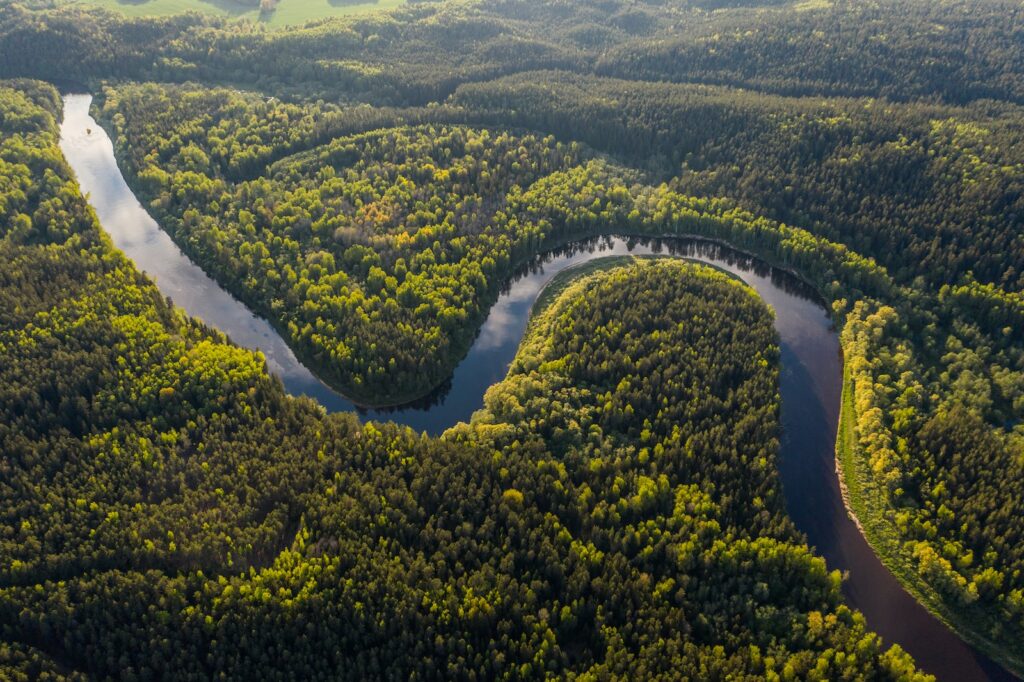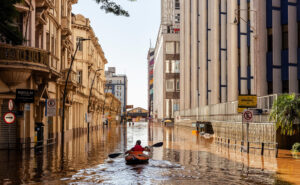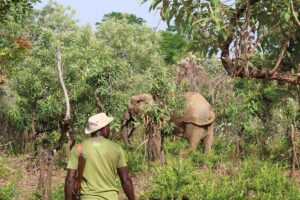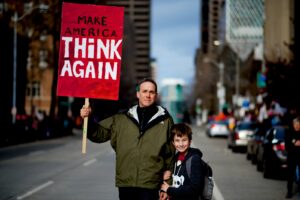Researchers identify way Brazil can grow soybeans without deforesting Amazon
Researchers have identified a way Brazil can expand its agricultural production, while also avoiding deforestation of the Amazon and environmental destruction.
The Amazon is the world’s largest rainforest and when this land is converted to agriculture, large amounts of carbon dioxide is released into the atmosphere.
However, Brazil faces a problem many developing countries across the globe are grappling with: how to pursue economic growth while also securing environmental protection.
Brazil is the world’s largest soybean exporter and during 2015-19 the rainforest accounted for a third of land converted for soybean expansion.
Now scientists at the University of Nebraska-Lincoln and their research partners in Brazil have identified how the country can develop its agricultural sector consciously through a carefully managed strategy to intensify production on existing acres. This ensures there is no necessity to convert more rainforest and savannah to crops.

‘In the current context of high grain prices and food supply disruptions, we believe there is a critical need for major crop-producing countries to reassess their potential to produce more on existing cropland,’ the authors wrote in an article published in the journal Nature Sustainability. ‘Without an emphasis on intensifying crop production within the existing agricultural area, coupled with strong institutions and policies that prevent deforestation in frontier agricultural areas, it would be difficult to protect the last bastions of forests and biodiversity on the planet while being sensitive to the economic aspirations of countries to develop.’
Since 2000, incentives have been used to discourage the deforestation in Brazil, but with COVID-19, economic crises and the war in Ukraine, the rainforest is under increased threat.
It’s predicted the country could convert 57 million acres to soybean production within the next 15 years, with one fourth of expansion taking place on fragile land. But without expansion, Brazil could lose $447 billion in economic development by 2035.
The team, led by Patricio Grassini, Sunkist Distinguished Professor in Agronomy and associate professor in the Department of Agronomy and Horticulture at Nebraska, have found their strategy could increase annual soybean output by 36% by 2035 and reduce carbon emissions by 58%.
This approach would involve significantly increasing soybean crop yields, growing a second crop of corn on some soybean fields and raising more cattle on smaller pastures to free up land for soybeans.
Researchers also calculated three scenarios in four key regions: ‘business as usual’ where current trends continue, ‘no cropland expansion’ where land conversion is prohibited, and ‘intensification’ where their suggested strategy is followed.
They found the intensification scenarios resulted in Brazil meeting 85% of projected gross income from soybean and second-crop maize compared to current trends.
Grassini said this could ‘eliminate deforestation completely and essentially reduce the amount of carbon dioxide equivalents released into the atmosphere, helping to mitigate climate change.’
‘This approach strengthens agriculture while protecting fragile ecosystems that are important from a perspective of climate change mitigation as well as biodiversity conservation,’ he continued.
The team warned this approach would require strong institutions, proper policy and enforcement for it to succeed.
‘By showing that it is possible to produce more on existing agricultural land,’ the scientists wrote. ‘This research study is bringing real solutions to the table and can have a massive impact to help Brazil produce more while protecting the environment.’
Photo by Ivars Utināns















